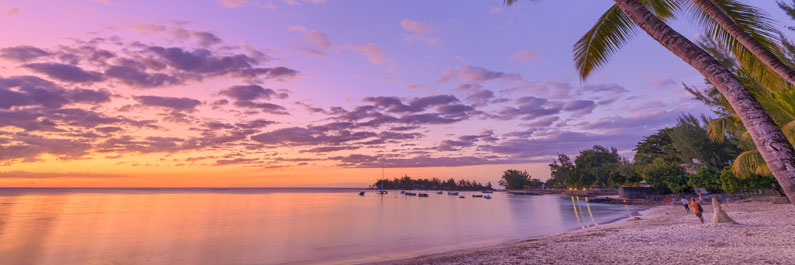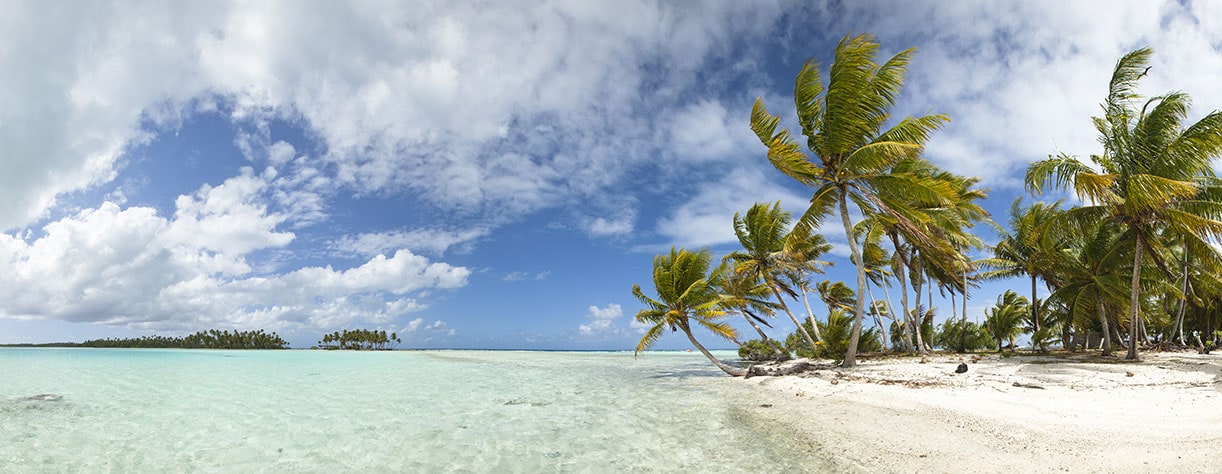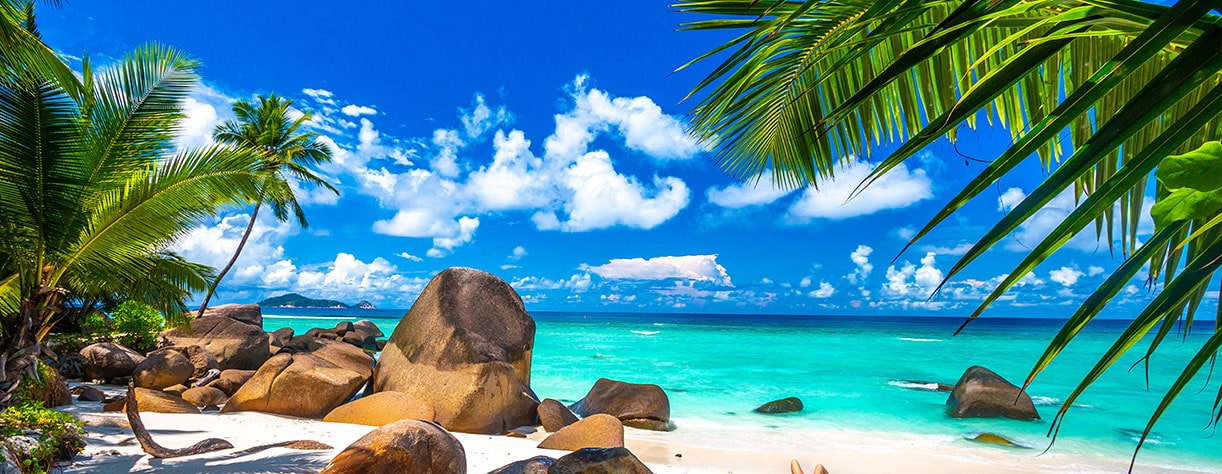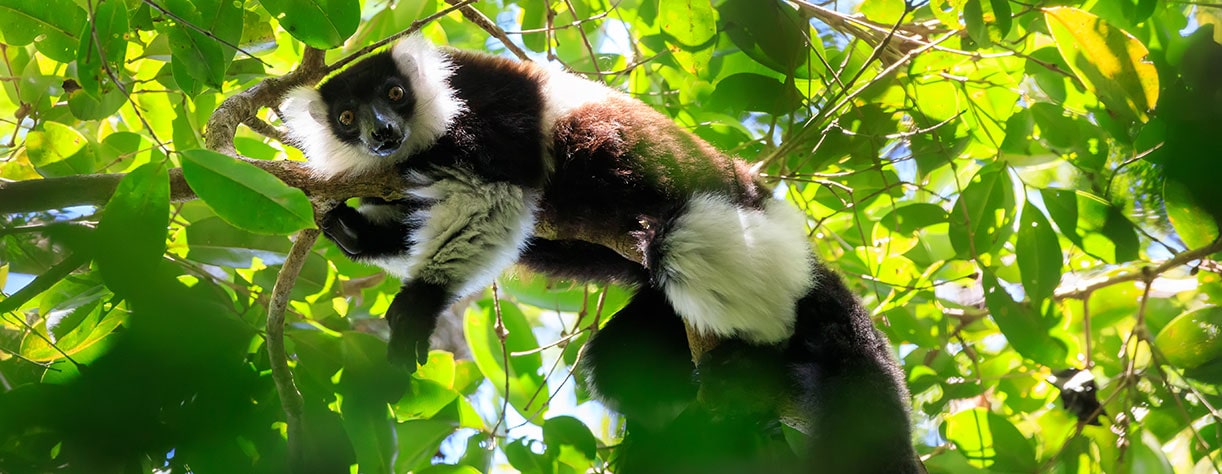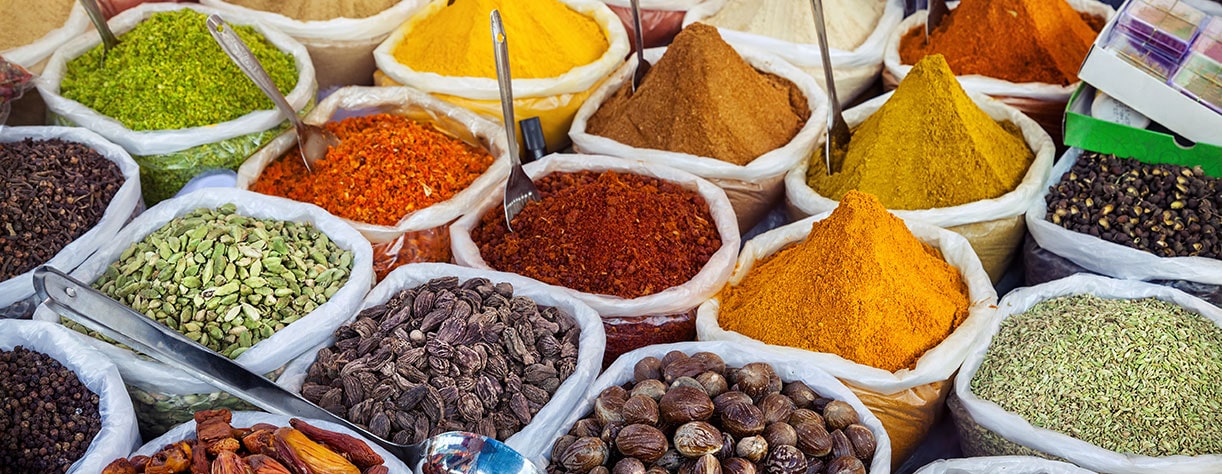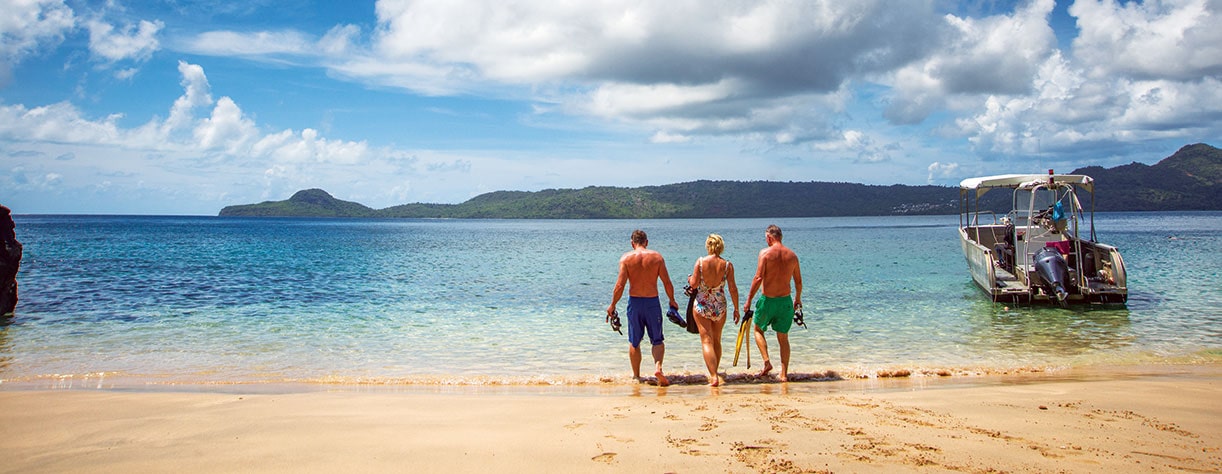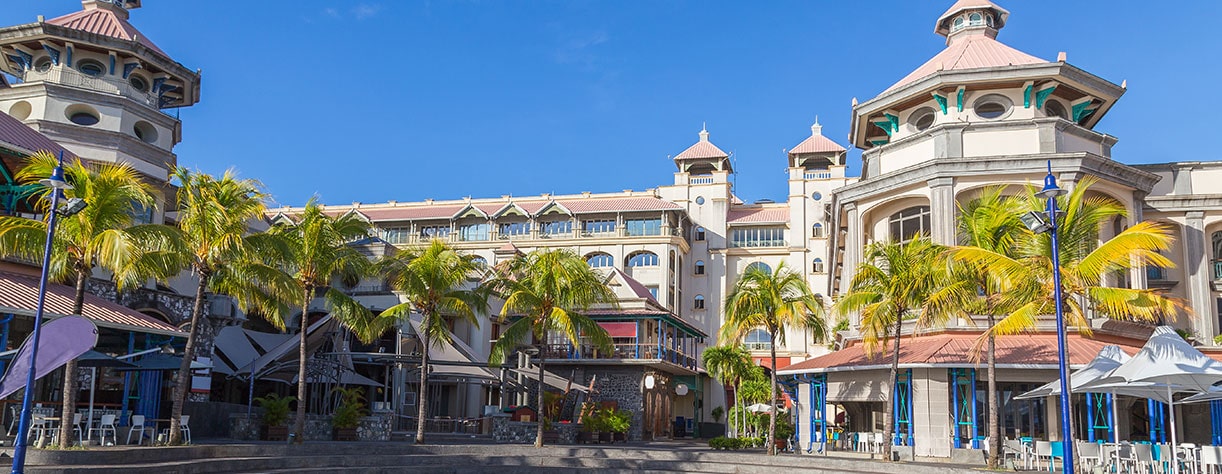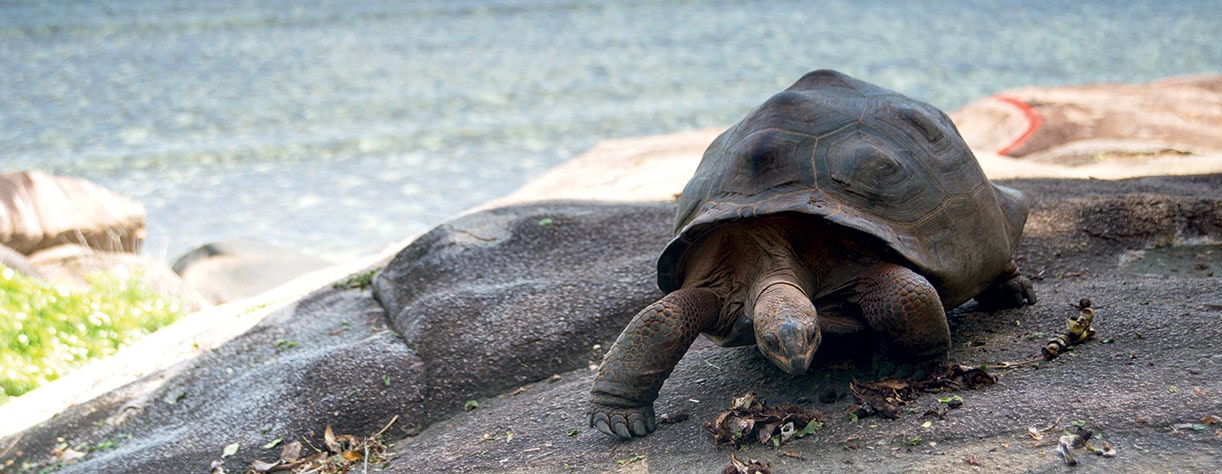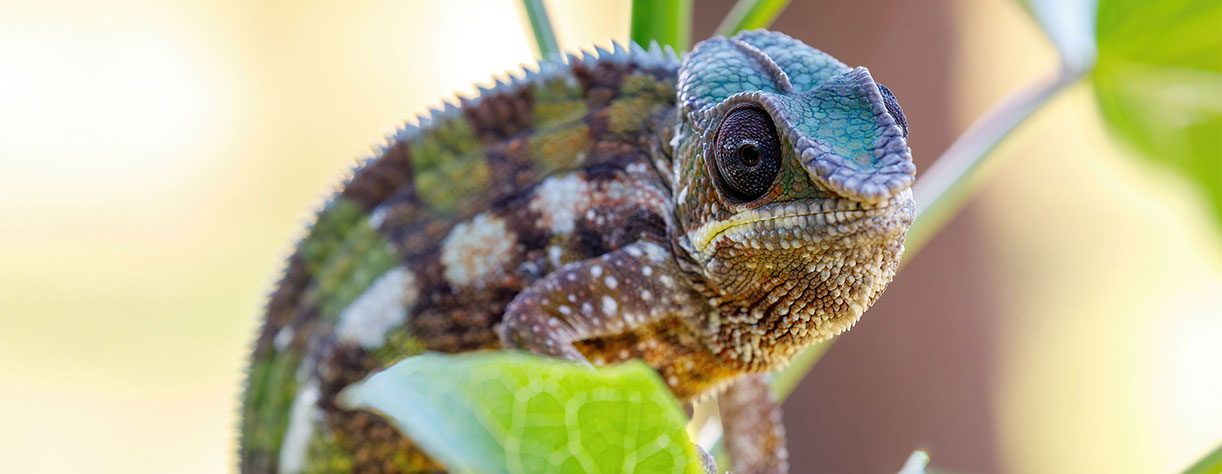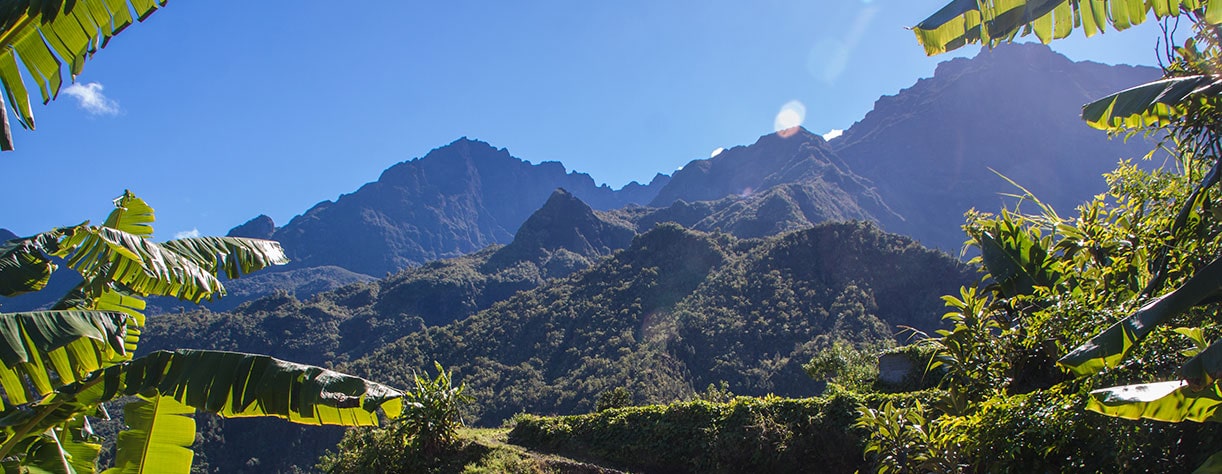White beaches, blue water and stunning scenery make the Indian Ocean islands a popular holiday destination. One of the world’s largest oceans, it is home to a range of beautiful islands, all of which have their own attractions.
With so many treasures to discover, it can be difficult to know what to explore and experience. To help you choose your next holiday destination, we’ve put together this guide to the Indian Ocean and its islands.
Where is the Indian Ocean?
The Indian Ocean is located across the three different continental plates of Africa, India and the Antarctic. It stretches for 6,200 miles (around 10,000 km) and is bordered by the south of India and the Middle East in the north and the tips of Africa and Australia in the south.
It also includes areas such as the Straits of Malacca, Hormuz, Sunda and Bass alongside the Arabian Sea, Red Sea and the Persian Gulf. As such, it has historically been used as a main travel route between Africa and Asia, with its deepest point sitting at 24,442 ft (7,450 m) in the Sunda Deep in the Java Trench off the Indonesian coast.
Facts about the Indian Ocean
If you’re thinking of travelling to one of the unique islands in this ocean, find out more about its culture and history with some Indian Ocean facts.
- The Indian Ocean is the third largest in the world and makes up around 20% of the Earth’s areas of water.
- The ocean is estimated to contain around 20% of the globe’s water with a volume of 63.3 million mi3.
- Connecting together 57 island areas, 16 African countries and 18 Asian countries, it is a major transport route that is historically and currently subject to ownership and border disputes.
- As it borders some of the world’s hottest areas, the ocean’s temperature is also warm and ranges between 19C and 30C (66F to 82F).
- The ocean is home to diverse wildlife, with the Western Indian Ocean estimated to have more than 2,200 species of animal and marine life alone. This includes turtles, whales, dugongs, sharks and coral life.
- The 2004 Indian Ocean tsunami was caused by an undersea earthquake. With a magnitude of 9.1, the epicentre lay off the coast of Sumatra, an Indonesian island and hit 17 countries. It is thought to be the most fatal tsunami in history with 227,899 dead, missing or presumed dead.
Why do people choose Indian Ocean holidays?
Packed full of beauty, scenery and wildlife, the Indian Ocean islands are a popular destination for many holidaymakers. With so many destinations to choose from, there’s something for every type of traveller in this unique and diverse area.
African and Asian countries, island nations and Australia are all contained within the Indian Ocean. As a result, there are hundreds of cultures to experience in this area, from the peaceful Maldivan retreats to the colour and fun of the Mauritian capital Port Louis and the unique history of Sri Lanka.
With the ocean itself being home to some of the world’s most unique and majestic species, the beautiful beaches, exotic jungles and rugged landscapes of this area should be on the list of any nature lover. Réunion’s volcanic cliffs and crater villages, Madagascar’s trees and lemurs and Sri Lanka’s whale watching are all reasons to visit this region.
Sugar, spice and all flavours of the sea are just some of the delights you can try in the Indian Ocean. Sip a coconut on the beach, taste delicious street food in a bustling city or enjoy a banquet next to a stunning sunset over the ocean.
Though the Indian Ocean covers vast amounts of the world, its climate remains tropical across all its countries and islands. Sunshine and temperatures of around 30C are common in many Indian Ocean countries all year round, though high winds, monsoons and humidity mean there are certain times when it’s best to visit or avoid certain islands.
With so much coastline to explore, Indian Ocean countries and islands are heaven for beach lovers or watersport enthusiasts. Snorkel off the coast of Mauritius, hike up the dramatic cliffs in Réunion or enjoy ultimate relaxation on the beaches of the Seychelles.
Islands in the Indian Ocean
Many people choose to explore the Indian Ocean islands for holidays and blissful retreats in paradise. Any time spent amongst these islands is special and will leave you with memories of beautiful landscapes, incredible beaches, fauna-rich jungle and amazing people that will last forever. So where should you visit first?
Mauritius
- A paradise island that’s a favourite for honeymooners and families
- Visit between May and November to enjoy the best weather
- Experience the bustle and colour of the capital Port Louis
When writer Mark Twain visited the remote island of Mauritius in 1896, he quoted an islander as saying, “Mauritius was made first and then heaven; and heaven was copied after Mauritius”. With white beaches, azure waters and palm-fringed shorelines, it appears nothing has changed since.
After a history of colonisation by the French and British, Mauritius gained independence in 1968. To this day, the intoxicating blend of cultures and religions brought by the various settlers continues to thrive on the island.
With Indian temples, botanical gardens, colonial houses and history-steeped museums, Mauritius has plenty of history to explore. Plus, with its delicious local cuisine, exciting outdoor activities and stunning landscapes, it's a paradise made for everyone.
The Seychelles
- Experience luxury, deep history and breathtaking scenery
- Uncover the islands’ history and culture in its capital, Victoria
The Seychelles – once a secret hiding area for pirates – became independent in 1976. Today, the group of 115 islands is a true cultural melting pot that spans an entire archipelago of 115 islands.
Home to some of the world’s most luxurious beaches, visitors can also see a remarkable array of flora and fauna here. This includes the stunning Vallée de Mai UNESCO World Heritage site, a forest that was once believed to be the biblical Garden of Eden.
This pristine forest is full of clusters of the coco de mer palm (unique to the Seychelles), vanilla orchid, palmiste, splayed traveller’s palm and Chinese fan. Aldabra tortoises and rare black parrots may also be seen here.
Madagascar
- Get up close to unique wildlife in this exotic jungle location
- Enjoy historic architecture and a delicious meal in the capital, Antananarivo
Lying northwest of the Seychelles is another paradise for nature lovers, Madagascar. This extraordinary island was formed after the breakup of the ancient Gondwana supercontinent 160 million years ago and is home to a plethora of wildlife.
From aye-aye primates and egg-cup-sized lemurs to curious chameleons and the fossa – the only real predator on the island - all can be spotted here. Madagascar is the ideal destination for anyone who wants to see unique animal species in their natural habitats.
Mayotte
- Discover a hidden gem of the archipelago
- Get your first views of the stunning coastline in the capital Mamoudzou
Some 190 miles from Madagascar, sitting in one of the largest lagoons in the world, is the French region of Mayotte. The territory geographically belongs to the Comoros archipelago and remains a French territory since its 1974 referendum.
The sprawling capital, Mamoudzou, is the place to sample the region’s French-influenced culture and charm. Here you will find Mayotte’s best restaurants, markets and an abundance of souvenir shops.
Réunion Island
- Explore the volcanic craters and cliffs of this rugged landscape
- Experience a cultural mix in the capital of Saint-Denis
Another French outpost, tiny Réunion Island is booming with natural beauty. Towering mountains, breathtaking canyons, colourful towns and villages and stunning waterfalls are all waiting to be explored.
The pièce de résistance of course is the Piton de la Fournaise, one of the most active volcanoes in the world. You can marvel at this impressive attraction and take in its beauty and enormity.
In addition to the spectacular scenery, the cuisine is well worth a try too. You’ll find French, Indian, Creole, Chinese and even Italian foods, all prepared with a bit of an island twist, making use of the copious fresh fish, fruit, vegetables and spices available on the island.
Maldives
- Indulge yourself in the ultimate beachside relaxation
- Escape the cold and visit from December to April
- Discover the unique culture and modern island life of the capital Malé
There is no better way to end an Indian Ocean exploration than in the Maldives. Made up of 26 atolls in a necklace reaching down to the equator, the Maldives consists of over a thousand islets – and of these, only 200 are inhabited.
The pint-sized capital of Malé showcases a more energetic side to the Maldives. This pleasingly quirky place is home to mosques, markets, museums and a maze of small, bustling streets lined with skyscrapers – a stark contrast to the laid-back pace of island life elsewhere in the country.
Cruise the Indian Ocean
The best way to experience this unique area of the world is to travel by sea. Fred. Olsen offers a range of special Indian Ocean cruises and experiences, including:
- Take to the skies and discover the dramatic landscapes of Réunion on a special helicopter flight.
- Board boat and head out into the crystal-clear waters of the St Anne Marine Park to hand-feed fish and see stunning corals from Victoria in the Seychelles.
- Spend time with lemurs in their natural habitat and observe their intriguing behaviour in Nosy Komba, Madagascar.
- Admire the coco de mer palm and giant land tortoises on Curieuse Island as part of the Robinson Crusoe Adventure excursion.
- Discover how Sultan Mohamed Thakurufannu freed his country from Portuguese invaders with a tour to Utheemu from Uligamu


